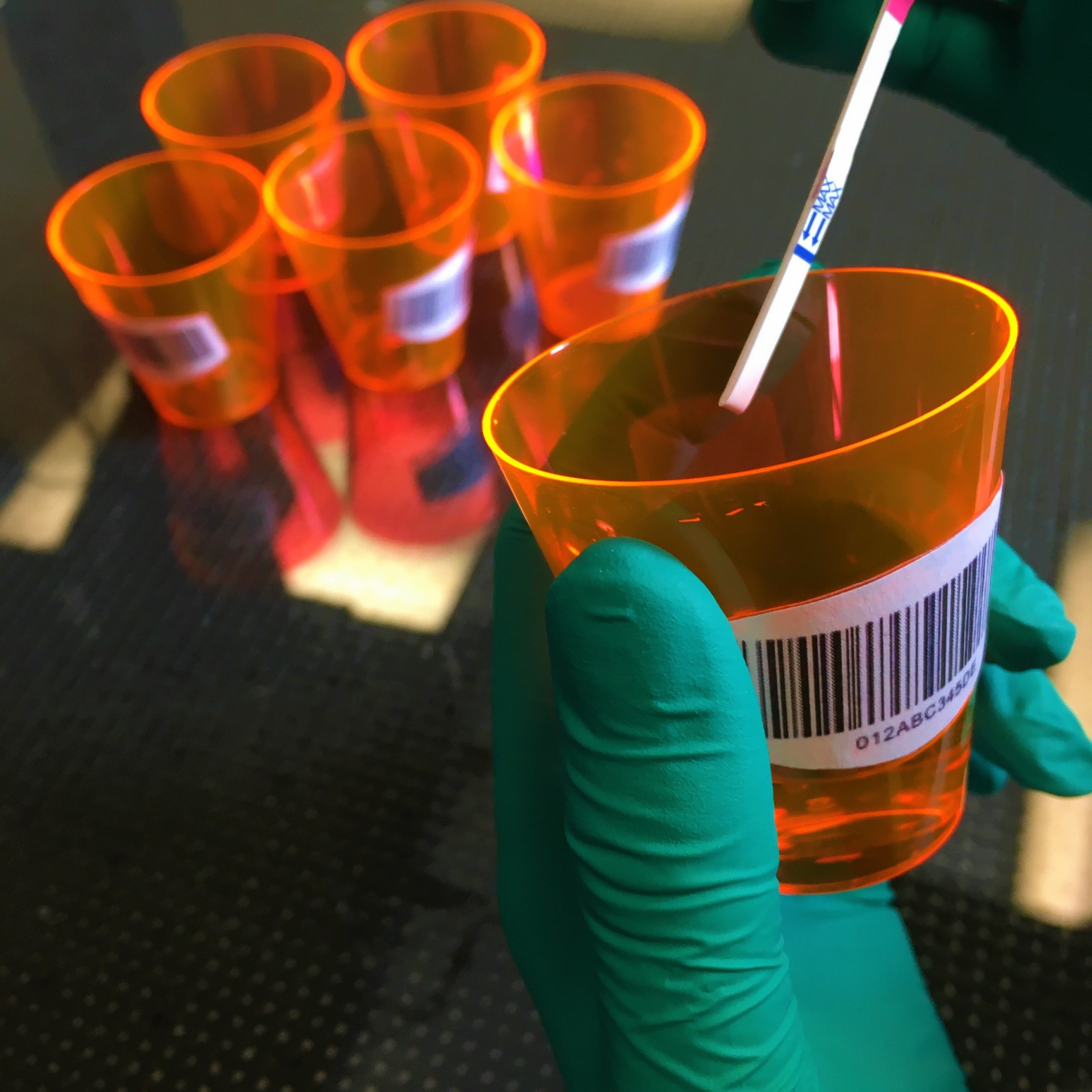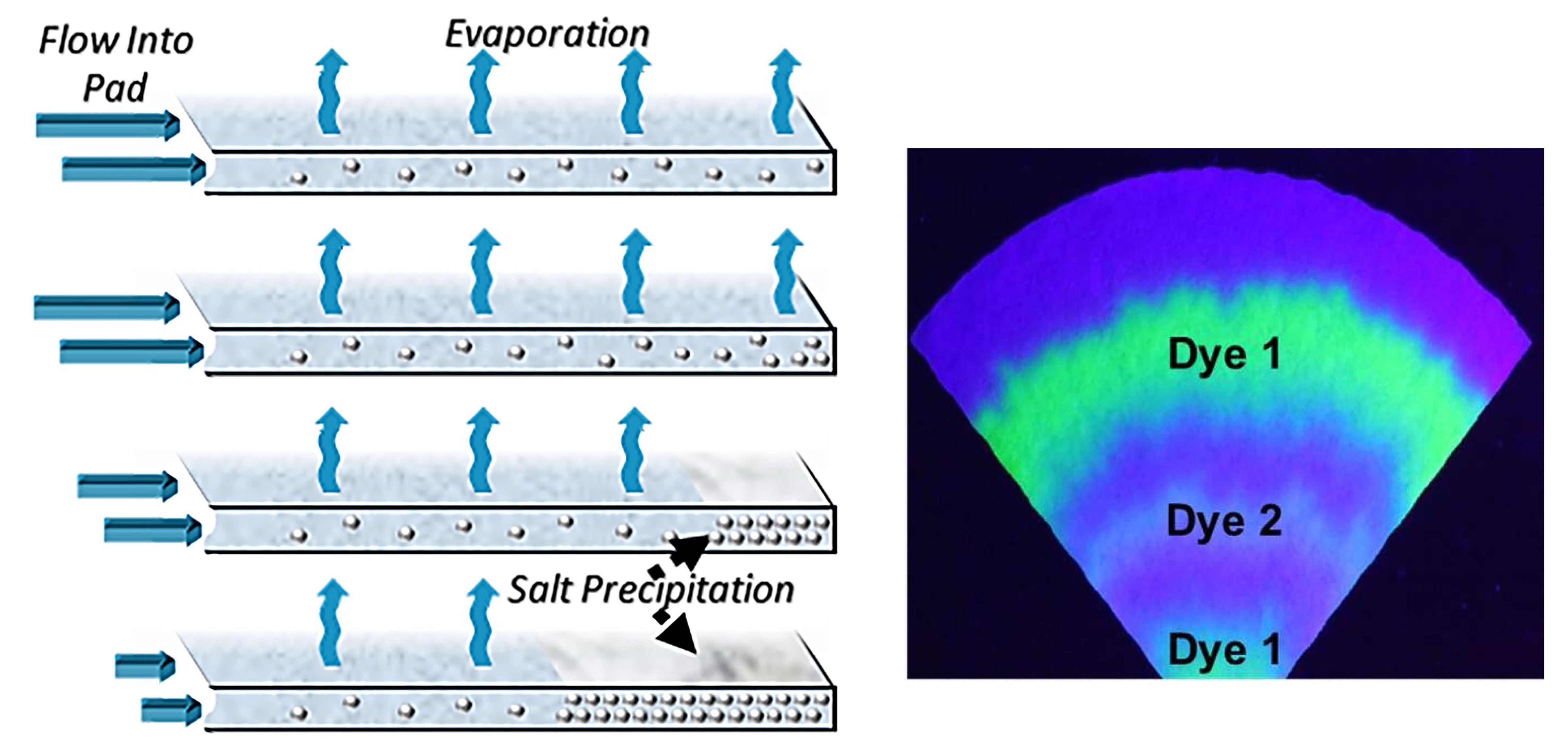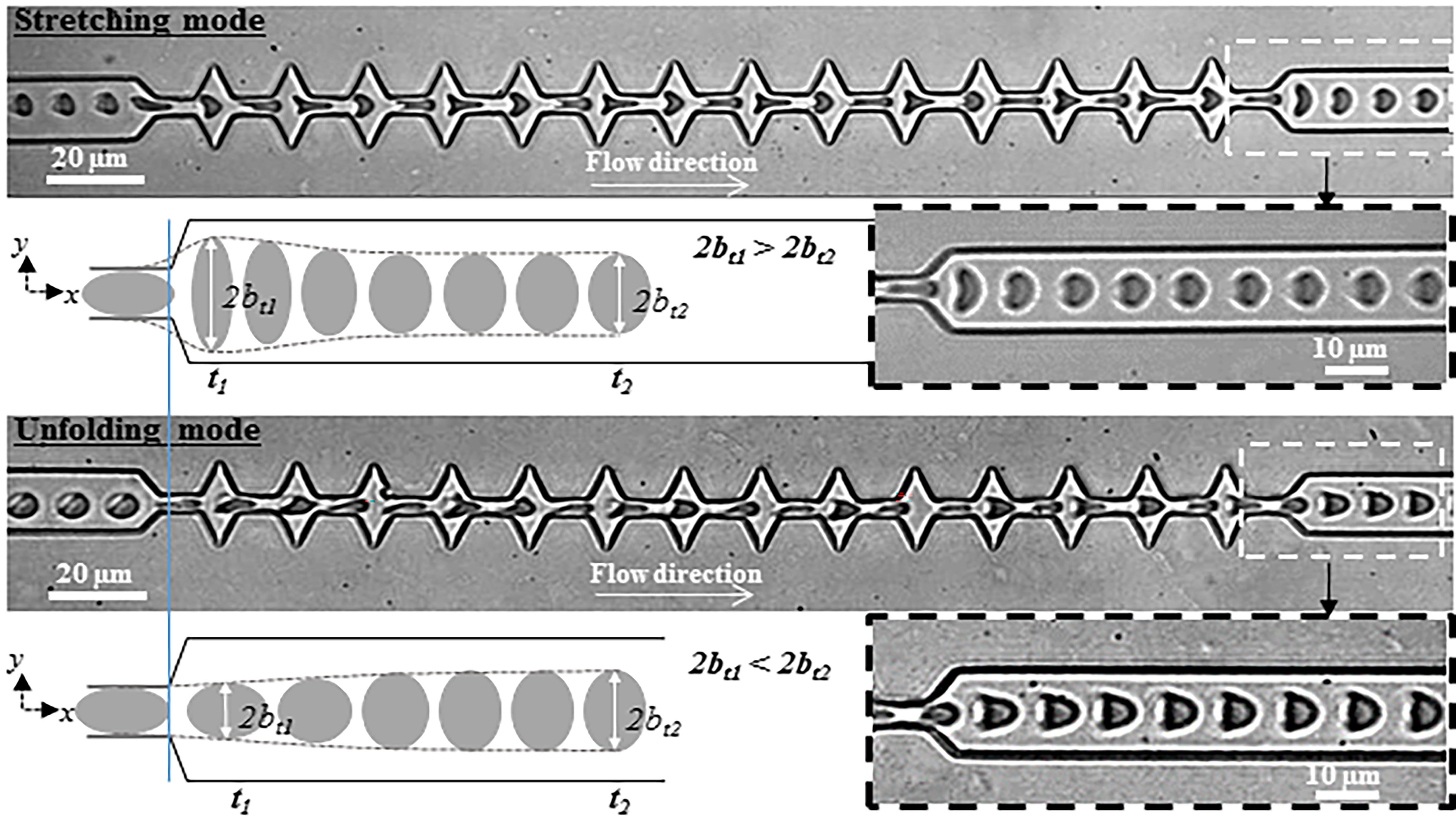The journal Biomicrofluidics has selected Ikram Khan as the winner of its 2021 Best Paper award. The designation highlights significant contributions by emerging authors in microfluidics and nanofluidics and is determined by an expert panel of judges. In the winning paper, “A low-cost 3D printed microfluidic bioreactor and imaging chamber for live-organoid imaging,” the authors developed a system capable of supporting brain organoid growth while allowing long-term live imaging and drug delivery support. Organoids, or biological systems grown in vitro, act as important models for studying normal and diseased development.
Tag: Biomicrofluidics
Microfluidic-Based Soft Robotic Prosthetics Promise Relief for Diabetic Amputees
In Biomicrofluidics, scientists reveal their development of a new type of prosthetic using microfluidics-enabled soft robotics that promises to greatly reduce skin ulcerations and pain in patients who have had an amputation between the ankle and knee. They started with a recent device that uses pneumatic actuators and miniaturized the actuators by designing a microfluidic chip with 10 integrated pneumatic valves to control each actuator. The control box is small and light enough to be worn as part of the prosthesis.
UCI-led team awarded $2.3 million by California Initiative to Advance Precision Medicine
Scientists have grown small amounts of self-organizing brain tissue, known as organoids, in a tiny 3D-printed system that allows observation while they grow and develop. The advance uses 3D printing to create a reusable and easily adjustable platform that costs only about $5 per unit to fabricate, and the design includes imaging wells for the growing organoids and microfluidic channels to provide a nutrient medium and preheating that supports tissue growth. The work is reported in Biomicrofluidics.

Microchip Models of Human Lungs Enable Better Understanding of Disease, Immune Response
In Biomicrofluidics, researchers review lung-on-chip technologies that represent the vital properties of lung tissue and are capable of recapitulating the fundamental aspects of various pathologies. The researchers reviewed various lung-on-chips and their applications in examining, diagnosing, and treating human viruses, including the coronavirus that causes COVID-19. The knowledge accumulated paves the way to use these models to study the interaction of several human respiratory viruses with the airway epithelium and alveolus in an organ-relevant setting.

Detecting Small Amounts of Virus in Early Infections
Diagnostic devices that are used at home or in doctors’ offices are often not sensitive enough to detect small amounts of a virus that might be present in samples from asymptomatic patients, which can occur in early stage COVID-19. In Biomicrofluidics, scientists report a membrane-based invention that can concentrate the virus content of a sample of urine or saliva, allowing it to be detected.

Paper-Based Device Provides Low-Power, Long-Term Method for Analyzing Sweat
Researchers at North Carolina State University have constructed a paper-based device as a model of wearables that can collect, transport and analyze sweat in next-generation wearable technology. Using a process known as capillary action, akin to water transport in plants, the device uses evaporation to wick fluid that mimics the features of human sweat to a sensor for up to 10 days or longer. They discuss their work in the journal Biomicrofluidics.

Predicting Cancer Behavior Requires Better Understanding of Tumor Cells
Our ability to predict who will get cancer, how patients will respond to treatment, or if patients will relapse is still quite limited, despite advances in the detection of genetic mutations and the establishment of risk factors; recently researchers were inspired to find new ways of looking at the problem. In Biomicrofluidics, they report that using cellular mechanophenotyping, along with traditional methods such as immunostaining and genetic analysis, may provide a more comprehensive view of a tumor.

How Blood Cells Deform, Recover When Traveling Through Tiny Channels
In this week’s Biomicrofluidics, a method to characterize the shape recovery of healthy human RBCs flowing through a microfluidic constricted channel is reported. This investigation revealed a coupling between the cell’s mechanical properties and the hydrodynamic properties of the flow. In addition, the method could distinguish between healthy red blood cells and those infected by the malaria parasite. This suggests a possible new technique for diagnosing disease.